Ask the Expert: Why does my back hurt while cycling?
Physio and bike-fitter Bianca Broadbent reviews the causes of riding-related discomfort and how to treat it
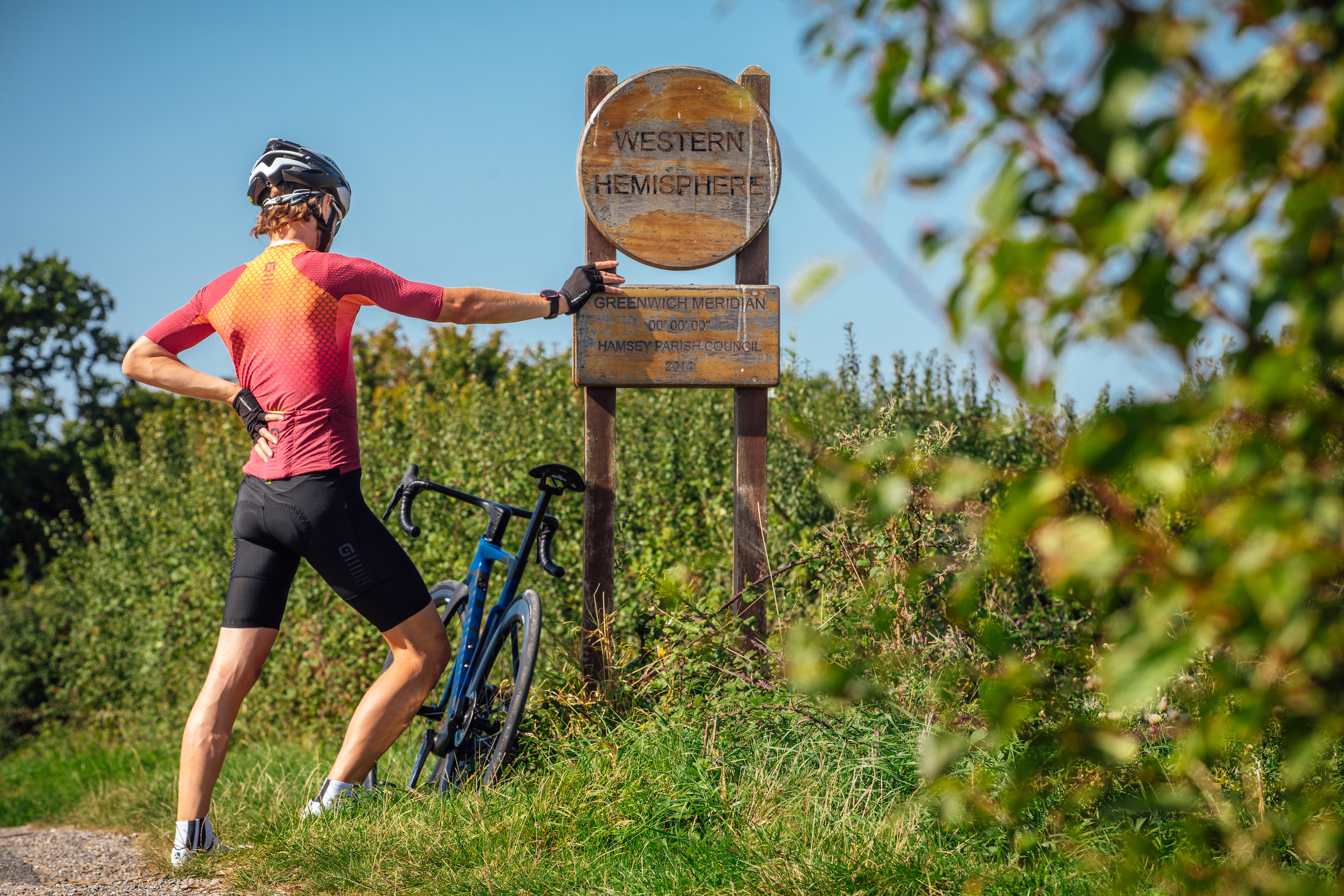
There are certain nagging questions in cycling that have a tendency to generate conflicting opinions and a confusing array of different views. In this ASK THE EXPERT series from Cycling Weekly’s print edition, we seek to clear up confusion by seeking out the experts best qualified to provide, if not the final word, then at least authoritative advice supported by verified expertise.
Low back pain is one of the most common musculoskeletal conditions – as many as 10% of adults suffer from persistent or repeated bouts. While cycling is rarely the primary cause, it can be a contributory factor. Some cyclists find that they develop back pain as soon as they get on their bike, while for others it sets in as the duration of their riding increases. So what causes this pain? The problem manifests differently depending on your level of cycling, your riding position, training load and set-up choices. In terms of the underlying physiology, the ‘prime suspect’ causes in the scientific literature include:
Maladaptive motor control: those with low back pain often have greater lumbar flexion than their pain-free counterparts. It is unclear whether this has a causative effect; some research has found increased lumbar flexion may improve low back pain.
Fatigue of the posterior chain (glutes, hamstrings, spinal extensors, etc): If tiring muscles are the cause, this would explain why some individuals only develop pain after riding for a prolonged period, and why many report their symptoms improve as their fitness improves.
Bike-fit: Lower handlebar positions (relative to the saddle) may increase lumbosacral flexion, and thus predispose to pain; a poorly set saddle angle may increase spinal load; an unsupportive saddle may do the same.
Why me?
Of course, this is a complex topic to research, owing to the large number of variables. There are several additional features observed clinically that may contribute to back pain, including excessive saddle height. A saddle set too high may cause a rider to rock from side to side, increasing demand on their spinal architecture. Using an uncomfortable saddle may have a similar effect, causing excessive shuffling around and relative posterior pelvic tilt, increasing workload on the spine. Gear choice plays a part too, since pedalling at too low a cadence increases torque through the lower limbs and spine, which may contribute to the premature onset of fatigue.
Sometimes riders undertake a bike-fit without accounting for riding intensities. Flex at the ankle, for example, increases under higher power, meaning a lower saddle height may be required. Similarly, a restriction in range of movement at the hip may increase the demand on the spine to compensate.
Get The Leadout Newsletter
The latest race content, interviews, features, reviews and expert buying guides, direct to your inbox!
Biomechanical vs structural
The research indicates that cyclists present with larger, leaner muscles, stronger trunk musculature and better hydrated intervertebral discs than the general population. Imaging may not identify an anatomical or functional deficiency in spinal structures. Therefore, it’s less likely that pain is structural (i.e. related to disc problems) and more likely caused by a biomechanical imbalance or movement pattern issue. That said, much of the research on cyclists has involved elite racers, so may not be relevant to lower-level riders.
Because cycling-related low back pain is often aggravated by riding, 24-48 hours off the bike is usually enough to resolve acute pain. If pain persists beyond seven days, seek medical assessment. In a small minority of cases, low back pain signals a serious problem. Cauda equina syndrome is a rare but severe condition implicated in some cases. The red flags include loss of sensation and function of lower limbs, loss of bladder and bowel control (including urinary retention) and impairment of sexual function. If you experience any of these symptoms, you should seek urgent medical attention – likewise if you experience severe, unremitting pain accompanied by other symptoms. If in doubt, seek medical assessment.
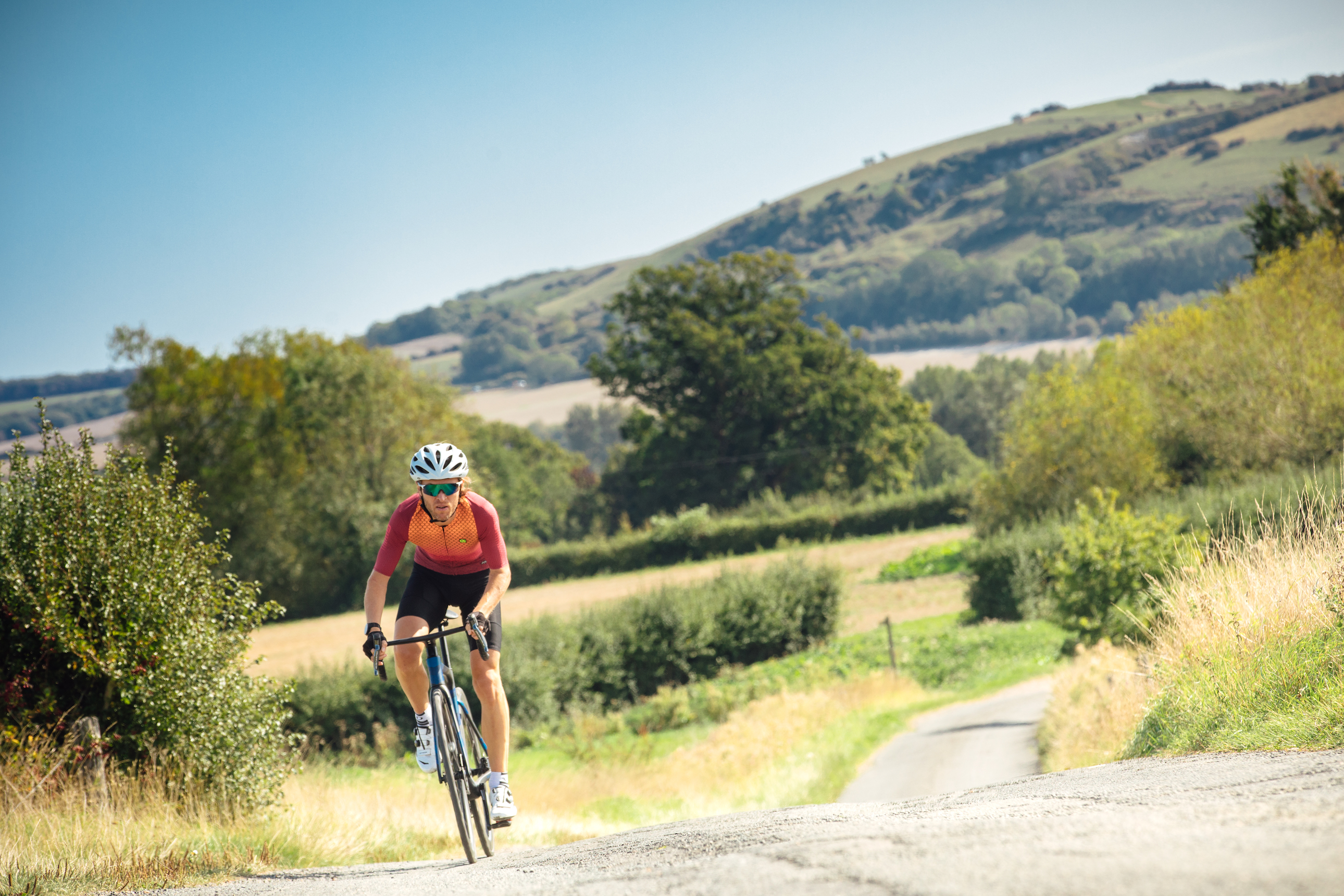
Active recovery
If you find yourself suffering from low back pain, first and foremost, don’t panic. Depending on the severity, reduce your training load and intensity, and if possible, keep moving. Try stretching and mobilisation – and if it helps, keep doing it. As much as possible, maintain your usual routine. The modern consensus is that complete rest is best avoided in favour of active recovery. Many of those new to cycling find that their back pain improves as their fitness increases, so there is some merit in keeping cycling too.
If analgesia is required, NICE guidelines recommend non-steroidal anti-inflammatory drugs, i.e. ibuprofen. If your back pain is persistent or unmanageable, make an appointment with a relevant health care professional, ideally someone who has experience in cycling. Active interventions including a good conditioning-and-strengthening programme are most likely to help in the medium to longer term. If you need help finding a practitioner, consult ‘Find a Professional’ online. In terms of preventing back pain, going for a bike-fit, though a worthwhile endeavour, may not be the panacea you are looking for. The more reliable basic advice is to ensure you have a bike that is sized well and feels comfortable to ride.
Conclusion
In essence, non-traumatic low back pain in cyclists is usually multifactorial. Although research and clinical experience may indicate some commonalities, back pain in cyclists cannot be reliably predicted nor prevented. Many people ride in suboptimal riding positions yet remain symptom-free year after year. Thankfully, most cases of cycling-related low back pain are not serious, and there are many steps that can be taken to reduce the severity and recurrence.
Take a logical approach to assessing the possible causes: has your training load significantly increased? If so, ease back for a few days and allow your body time to adapt, before gradually increasing the duration and intensity. Have you changed a component or your riding position? Consider whether this was beneficial or might be the culprit behind your new symptoms. If you are still having difficulties, seek professional advice. And remember, the cause may remain elusive.
Preventative measures
There is no guaranteed way to prevent low back pain when cycling. However, there are sensible precautions everyone should take.
Ensure your bike fits you properly: When buying a new bike, make sure you select the correct frame size, and consider the level of adjustability (bear in mind, for example, that integrated cockpits are fixed).
Set up your bike to your flexibility: If you lack flexibility through your spine and hamstrings, you may need a lower saddle and/ or higher cockpit position. Make an effort to improve the flexibility of your spine and hamstrings through mobility exercises.
Check for saddle discomfort: Being uncomfortable on your saddle is likely to change your riding posture and lead to low-back pain.
Don’t overstretch yourself: Is your training load overwhelming your current fitness? Consider whether you need to add in more recovery to allow your body time to adapt. The same applies to terrain – if you’re taking on a mountainous challenge, prepare for it first.
This full version of this article was published in the 3 August 2023 print edition of Cycling Weekly magazine. Subscribe online and get the magazine delivered to your door every week.

Thank you for reading 20 articles this month* Join now for unlimited access
Enjoy your first month for just £1 / $1 / €1
*Read 5 free articles per month without a subscription

Join now for unlimited access
Try first month for just £1 / $1 / €1
Bianca Broadbent a physiotherapist who specialises in the rehabilitation of cyclists and bike-fitting. She consults at Vorteq Sports, Silverstone, Spire Healthcare and Fit Your Bike.
-
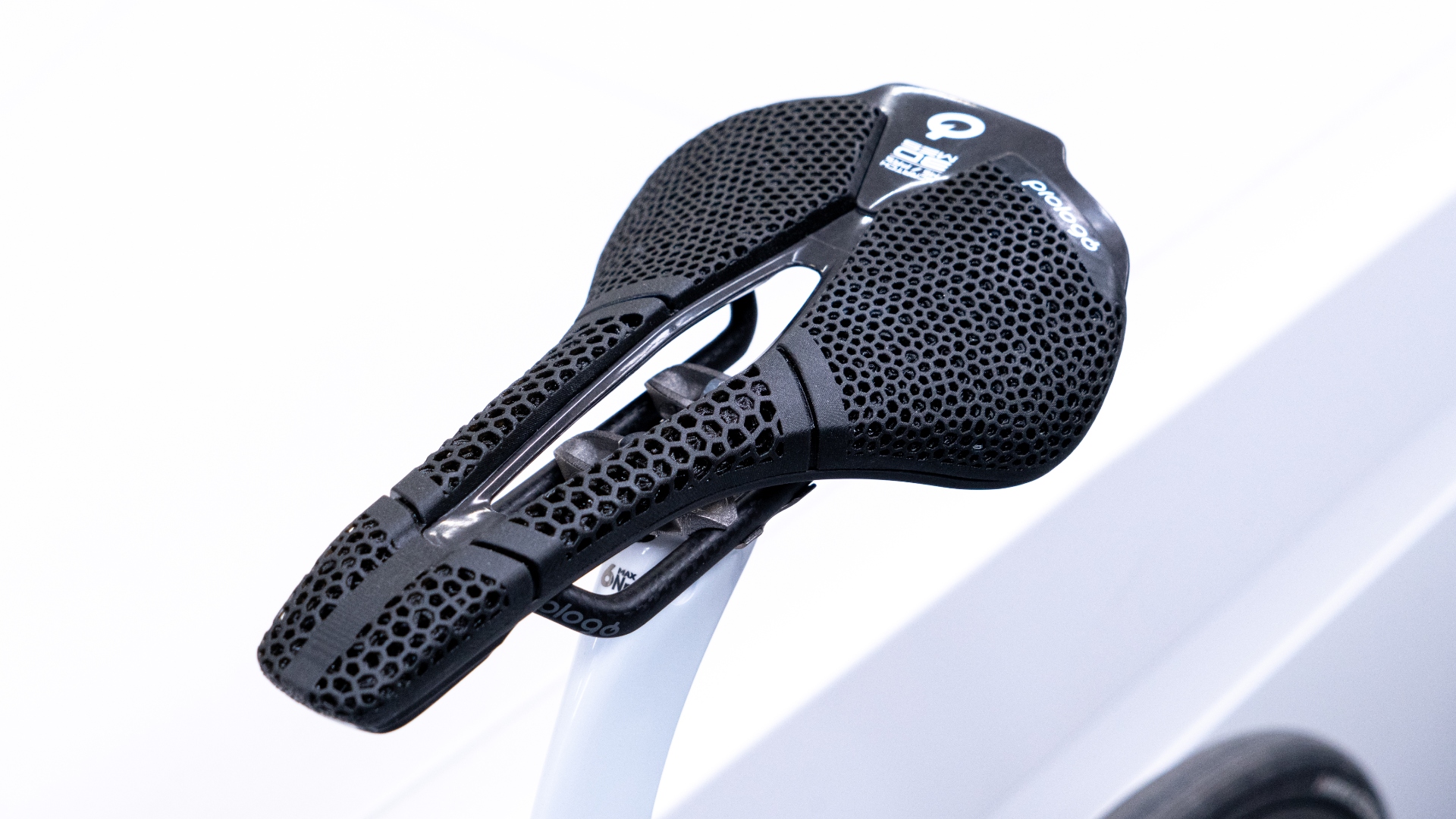 Prologo launches a 3D printed version of its WorldTour approved Scratch M5 PAS saddle
Prologo launches a 3D printed version of its WorldTour approved Scratch M5 PAS saddleThe 3DMSS model features distinct sections with each using different geometric shapes and densities
By Luke Friend
-
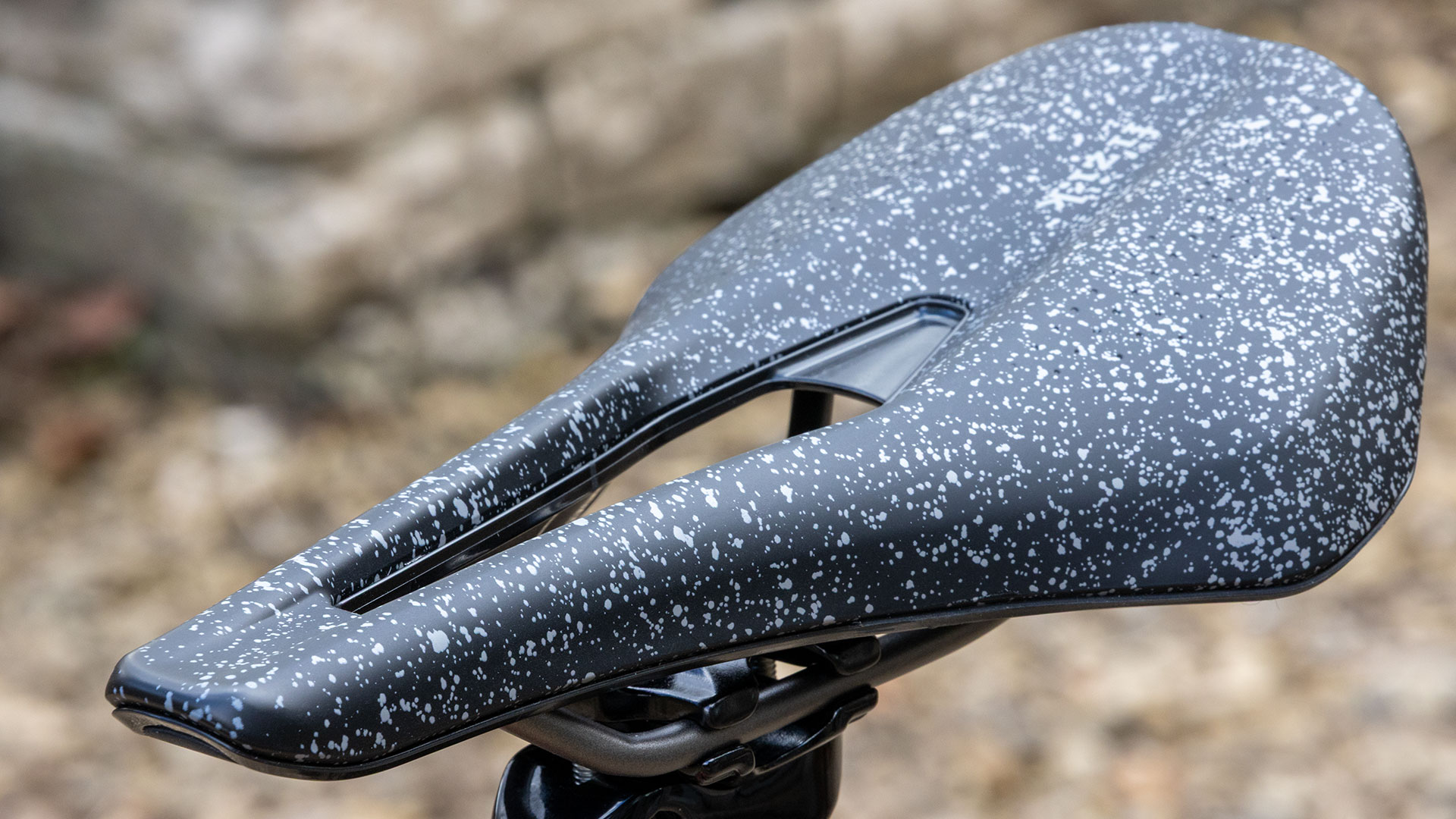 Fizik Tempo Argo R3 Les Classiques saddle review: comfort both on and off the cobbles
Fizik Tempo Argo R3 Les Classiques saddle review: comfort both on and off the cobblesObscured beneath the special edition ‘mud flecks’ is one of the most comfortable short-nosed endurance saddles on the market
By Simon Fellows
-
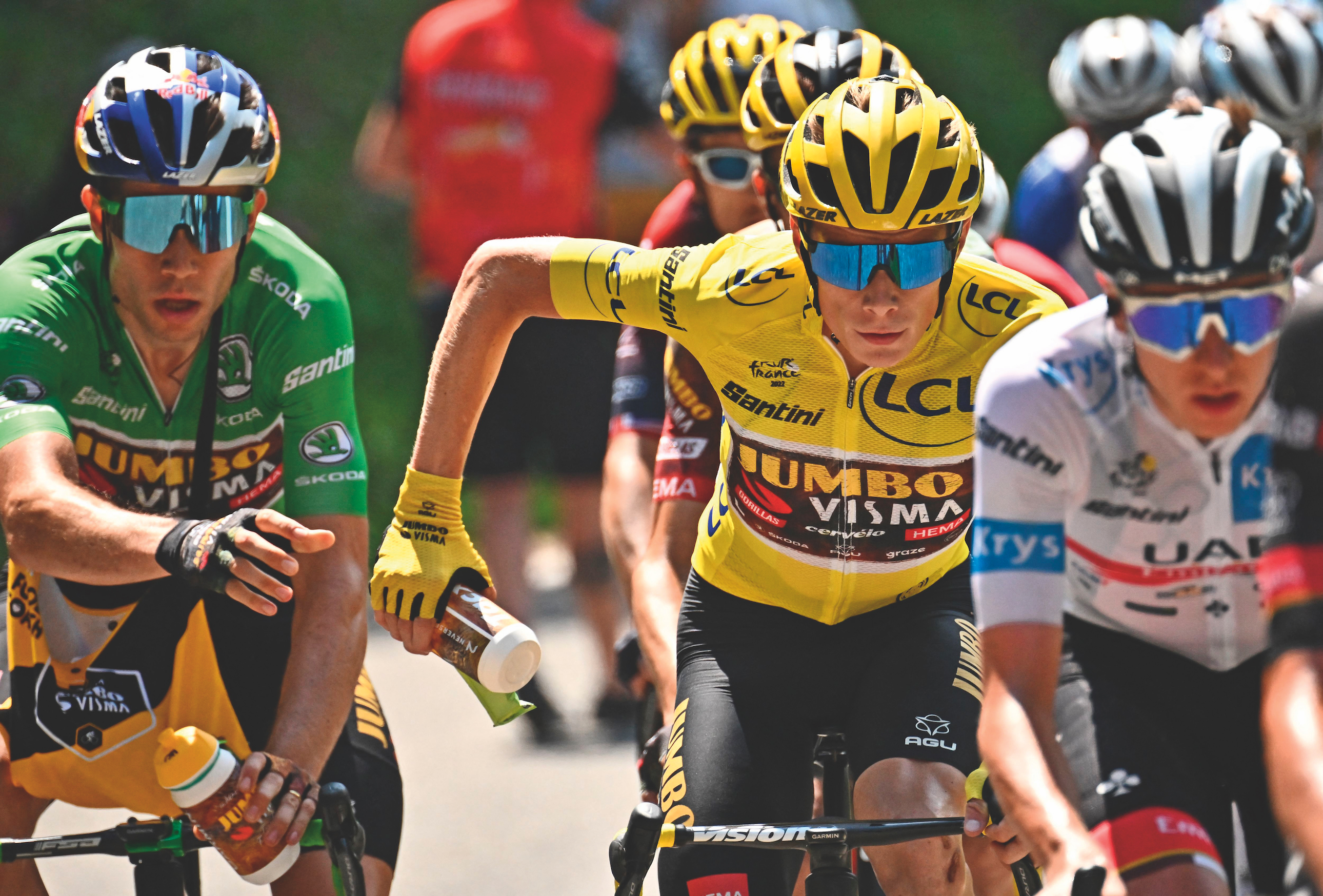 Ask the Expert: Does baking soda boost cycling performance - or just cause explosive diarrhoea?
Ask the Expert: Does baking soda boost cycling performance - or just cause explosive diarrhoea?It makes cakes rise, but will it do the same for your sustainable power? We asked Dr Andy Sparks
By Andy Sparks
-
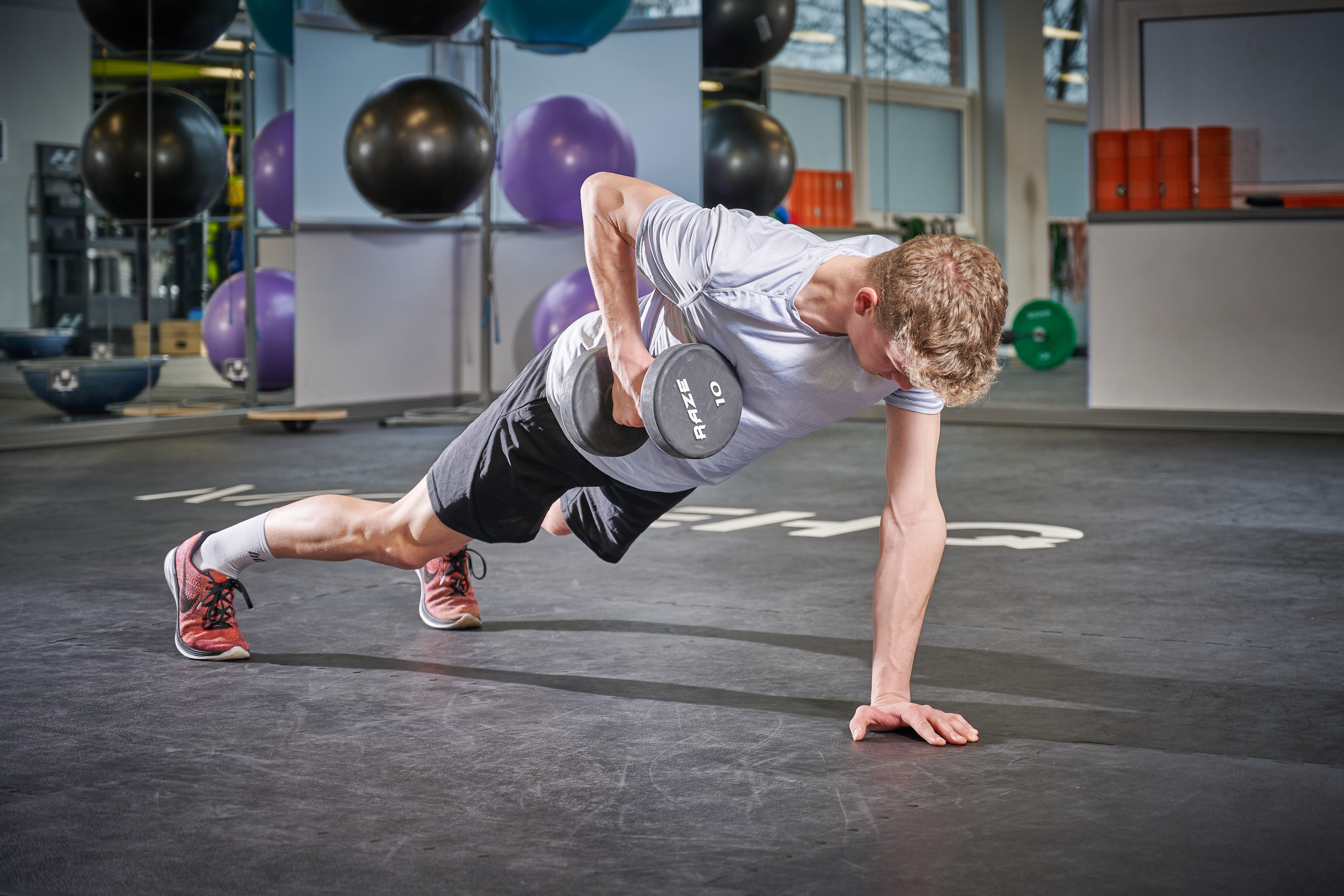 Ask the expert: Should I do high or low reps in the gym?
Ask the expert: Should I do high or low reps in the gym?Chris Peden quashes a common strength and conditioning misconception
By Chris Peden
-
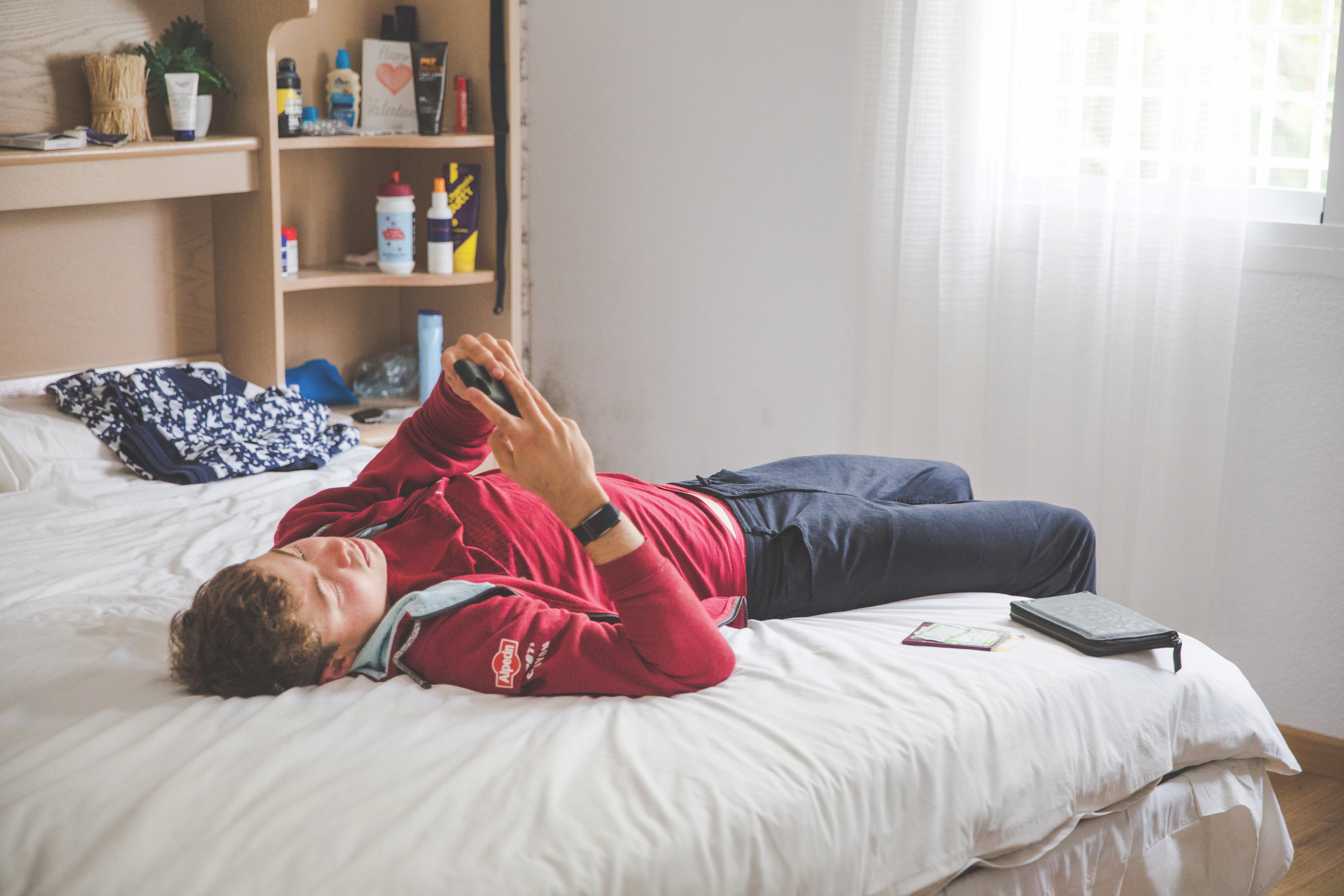 Ask the expert: What is heart rate variability and does it matter?
Ask the expert: What is heart rate variability and does it matter?Marco Altini highlights the importance of an overlooked marker of fatigue
By Marco Altini